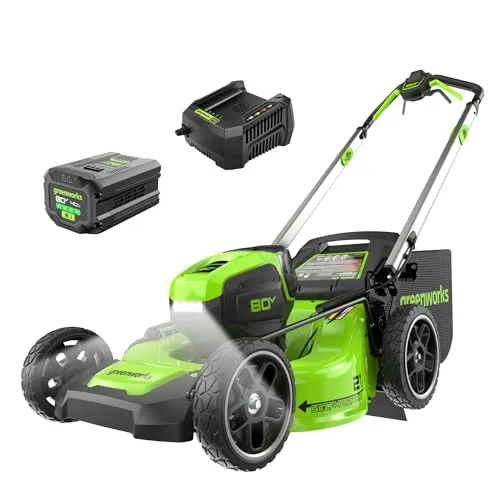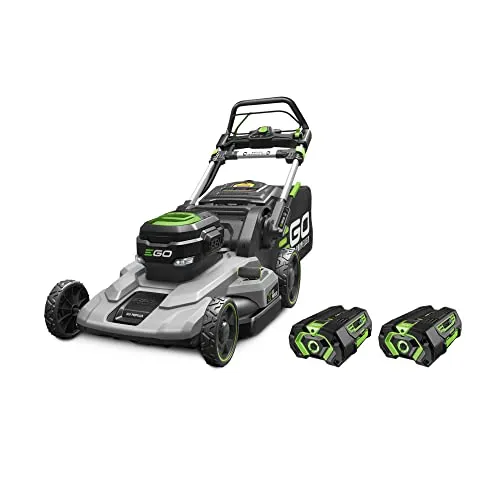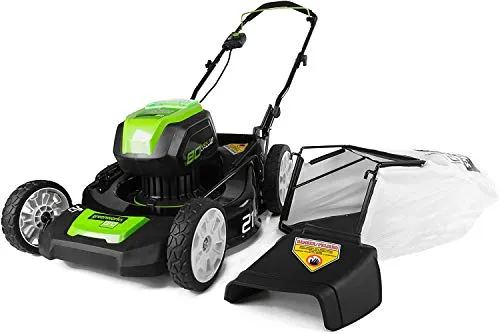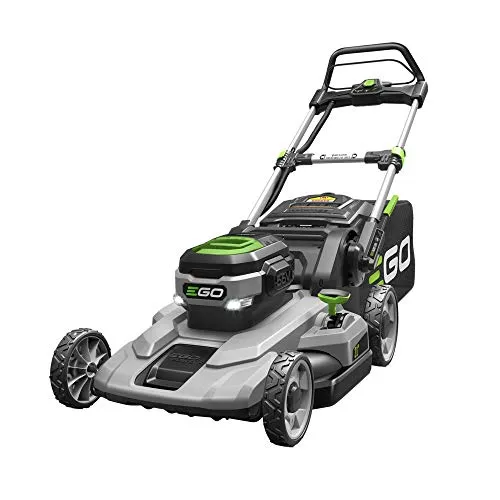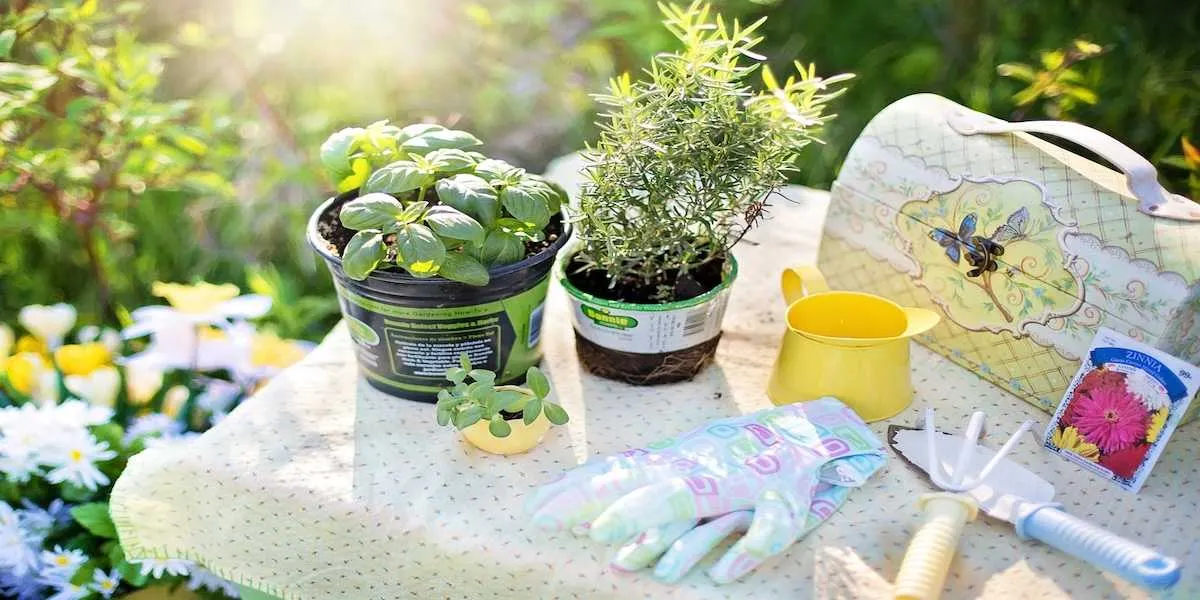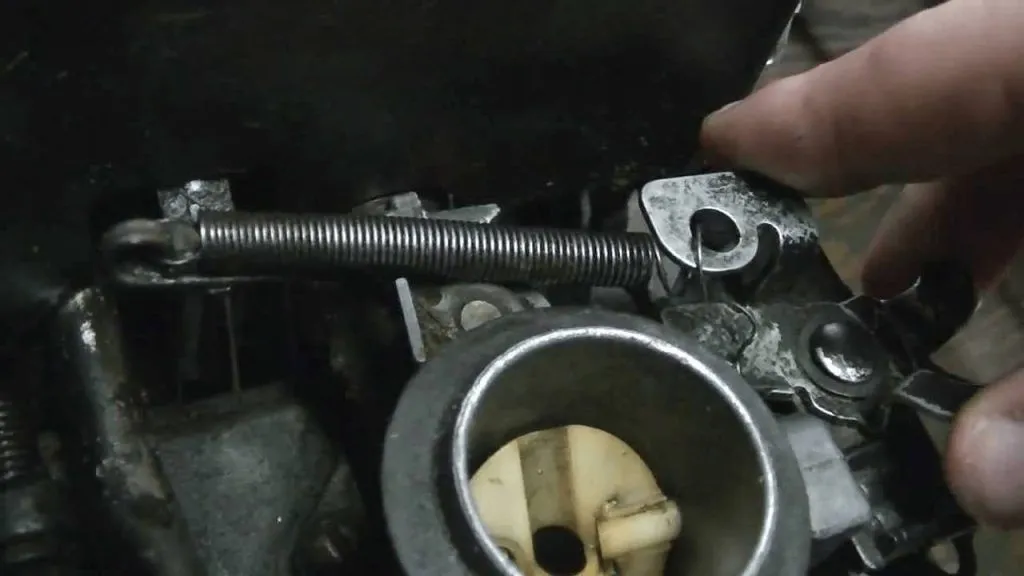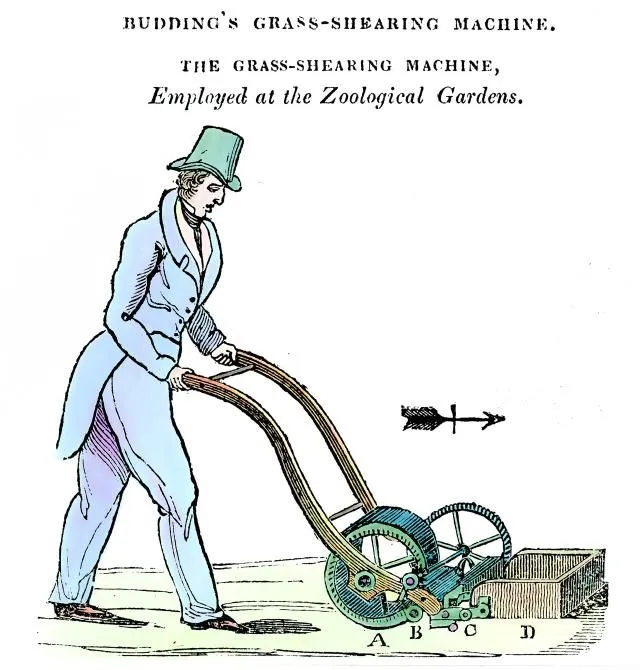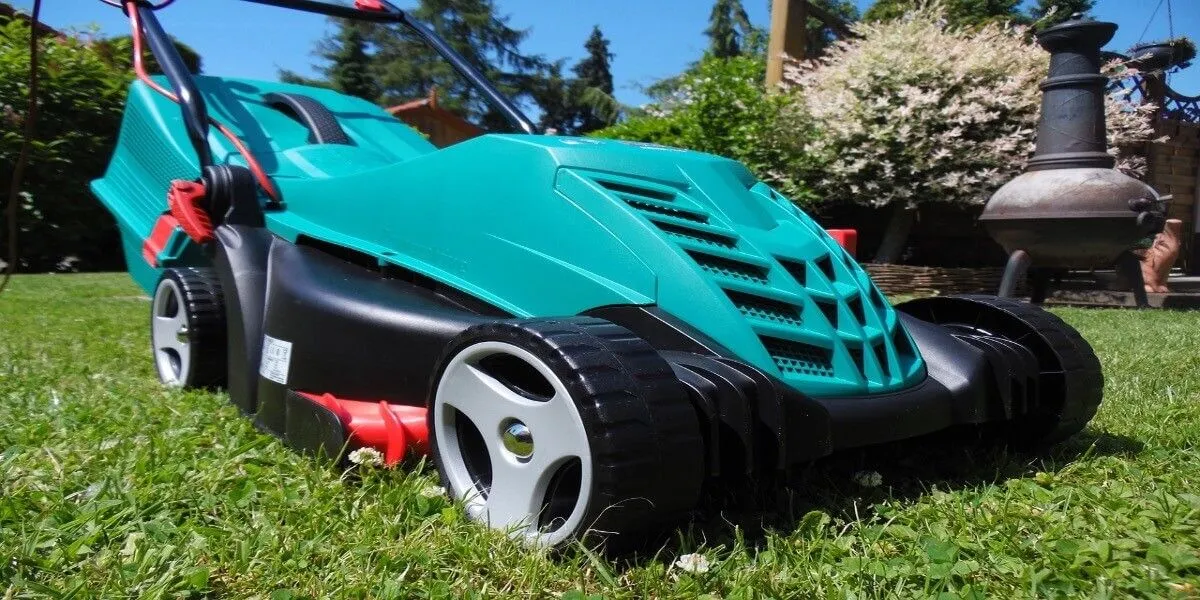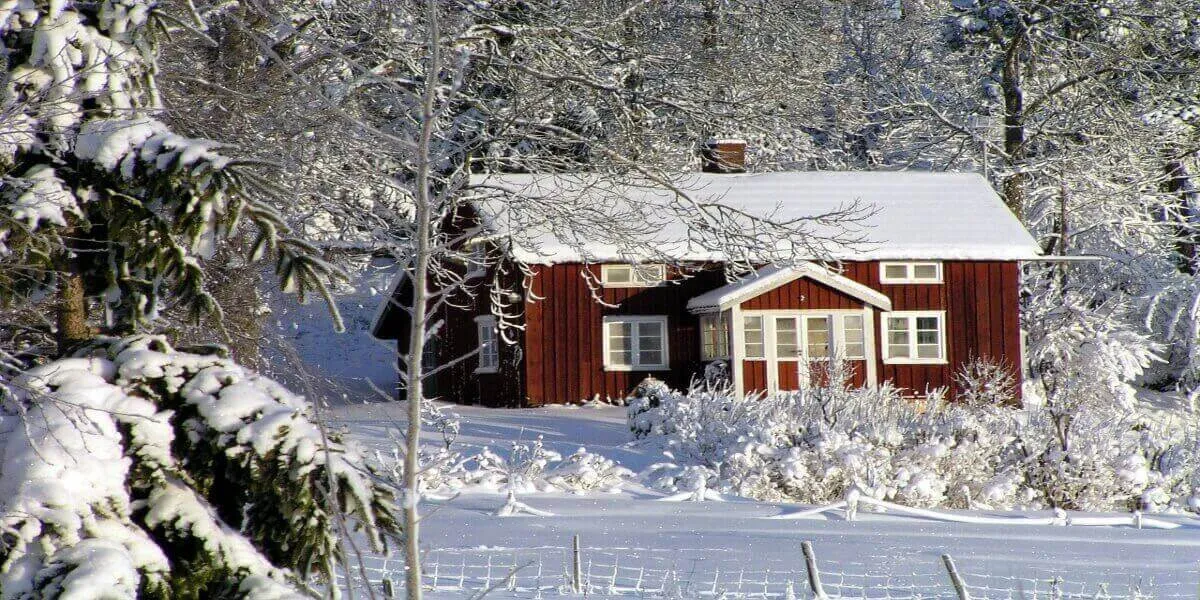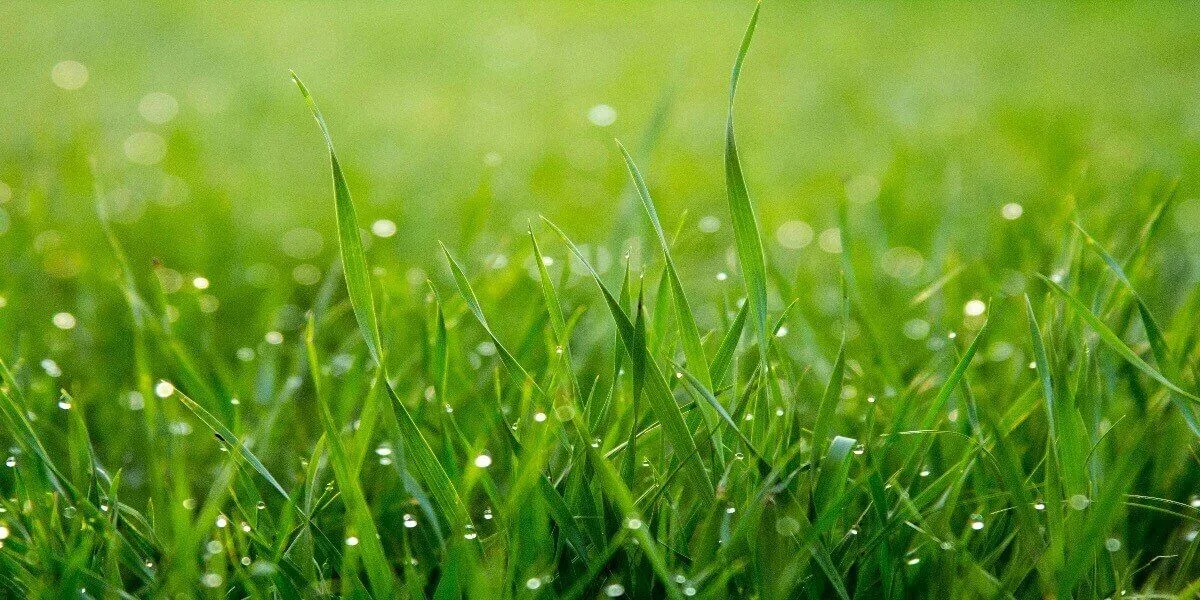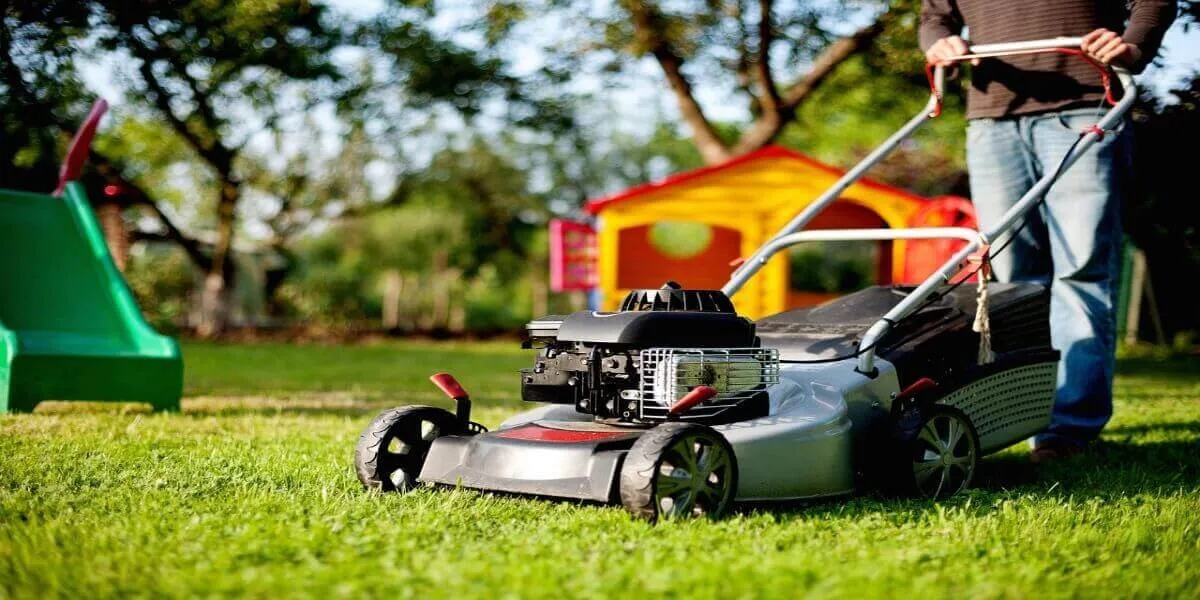Your Essential Guide on How to Successfully Dethatch a Lawn
Tools Official on Apr 24, 2024
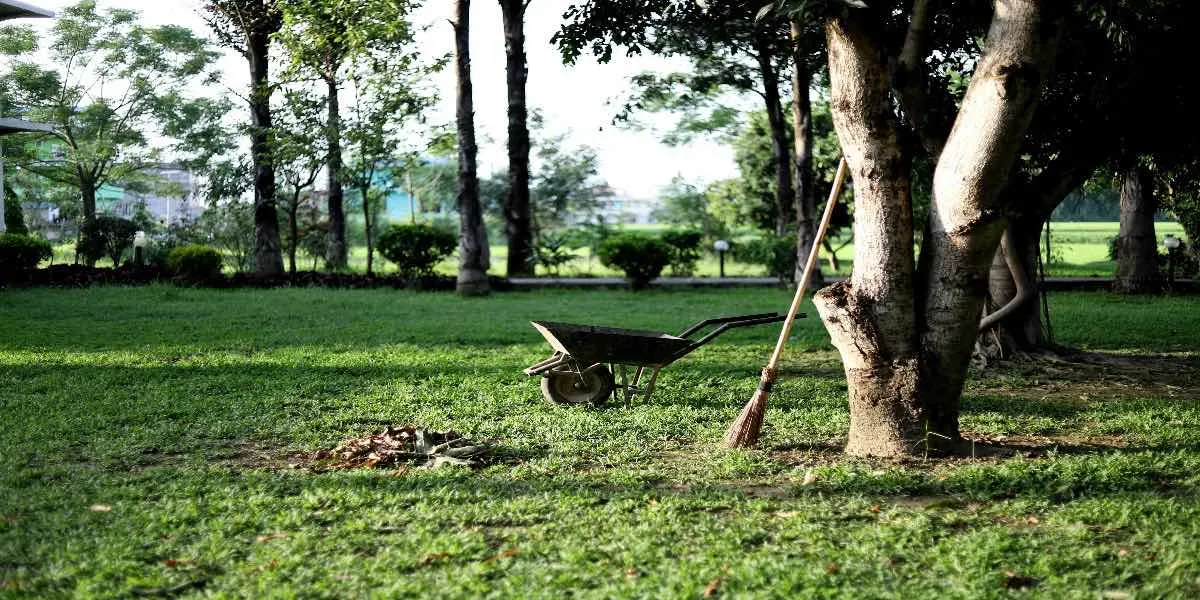
We earn affiliate commissions at no extra cost to you.
There are many things to keep in mind when it comes to nurturing a thriving lawn.
From regular water to mowing and strategic fertilization, every aspect of lawn care plays a role in shaping the health and appearance of your outdoor landscape.
One often overlooked aspect of lawn maintenance is dethatching. If it's your first time hearing about it, you're not alone.
Many homeowners and gardeners aren't familiar with it and just happened to stumble upon the topic after scouring the internet on what to do about the matted carpet of brown matter between their grass blades.
If you wish to learn more about dethatching, what's involved in the process, and how to do it, you've come to the right place.
Tools Official will tell you everything you need to know to successfully dethatch a lawn and give your lawn some TLC.
What is a thatch?
If you have a grass lawn, you may notice a layer of brown grass forming on the soil surface. That's the thatch.
It's a layer of both living and dead grass, roots, stems, and other organic debris, which accumulate over time. A thin layer of lawn thatch can be beneficial for your entire lawn. It provides insulation, reduces moisture evaporation, and protects the soil from temperature fluctuations, allowing your grass lawn to thrive.
However, if it grows beyond an inch thick, it can cause more problems than good. This happens when you mow too much or don't mow at all, when you overwater and use too much pesticide, or when the roots in the thatch don't reach the soil underneath.
Why is it important to dethatch?
A thick layer of thatch can restrict the movement of water, air, and nutrients to the roots. It can create an environment that's ripe for pest infestations and disease development, resulting in stunted growth and an overall decline in lawn health.
Dethatching helps prevent these problems and maintains a healthy lawn ecosystem. By removing the thatch, you are essentially unclogging the blockages in your lawn, allowing essential resources to flow freely into the grass roots.
This promotes deeper root growth, enhances nutrient uptake, and improves soil aeration. A well-dethatched lawn is also better equipped to withstand environmental stresses such as drought and fungal infections. The result is a more resilient, greener, and vibrant lawn.
Signs you need to dethatch your lawn
Knowing when to dethatch your lawn is crucial in providing a timely intervention. While some signs may be more subtle, others are more apparent, making it easier to spot excessive thatch buildup on your lawn.
- There is a spongy or springy feeling underneath when you walk, especially after rainfall.
- There are areas of thick, matted layer of brown material when parting the grass.
- Slow or stunted grass growth despite adequate watering, fertilization, and care.
- There is water pooling or runoff instead of being absorbed back into the soil.
- Visible dry spots in areas that you water. It indicates the water can't penetrate the grassroots.
How do I dethatch a lawn?
Dethatching a lawn is a fairly simple process but often time-consuming. More so if you have a significantly larger lawn. You can opt for professional help, however, doing it on your own is very much possible. Just be prepared to put some effort in.
Step 1: Assess your lawn.
Begin by checking the thickness and density of your lawn's thatch layer. You can do this by inserting a spade or shovel into the grass and soil and lifting a small section of turf to examine the underlying thatch. Doing this will help you determine how extensive the process needs to be.
Step 2: Prepare your lawn.
Proper preparation is key to a successful dethatching job. Begin by mowing your lawn slightly shorter than usual to expose the thatch layer. Some gardeners recommend it's better to mow your lawn to half its usual height. This will make the thatch removal process much easier. Additionally, thoroughly moisten your lawn a day or two before the job to soften the soil.
Step 3: Choose your tools.
There are several different tools you can use for dethatching. It depends on the size of your lawn and the severity of the thatch buildup. Here are your options.
Rake
A traditional dethatching rake or a simple leaf rake can usually do the job. Its sharp tines are designed to penetrate the thatch layer and pull it up to the surface. It's best suited for small lawns or areas with light thatch buildup.
Power Rake
A power rake offers a more efficient alternative to traditional rakes. It uses a rotating blade or tines to slice through thick thatch layers and lift them up. They are great for small to medium-sized lawns with light thatch buildup and for grasses that can withstand a more intense raking.
Vertical Mower
Similar to a power rake, vertical mowers have vertically-oriented blades that penetrate the soil and cut through the thatch layer. It's more aggressive so it's well-suited for heavily thatched lawns.
Step 4: Dethatching your lawn
Once you've chosen which tool to use, it's time to start dethatching.
Start by making parallel passes across your lawn, overlapping slightly with each pass to ensure thorough coverage.
Adjust the depth of your tools as needed to penetrate the thatch without damaging the soil or grass roots. Pay special attention to areas with visible buildup.
Clean up grass clippings and the layer of debris on your lawn surface using a rake or leaf blower immediately after dethatching.
Step 5: Aftercare and maintenance.
With the thatch removed, your lawn can now breathe freely and absorb nutrients more effectively. However, you should remember that dethatching is an incredibly stressful process for your lawn. Overseed your lawn with grass seeds to fill in thin spots and promote recovery.
Water your lawn regularly to encourage root growth. Continue regular lawn care, such as mowing and watering to help keep your lawn in top condition.
Additionally, fertilize your lawn and monitor soil moisture levels to reduce thatch buildup over time.
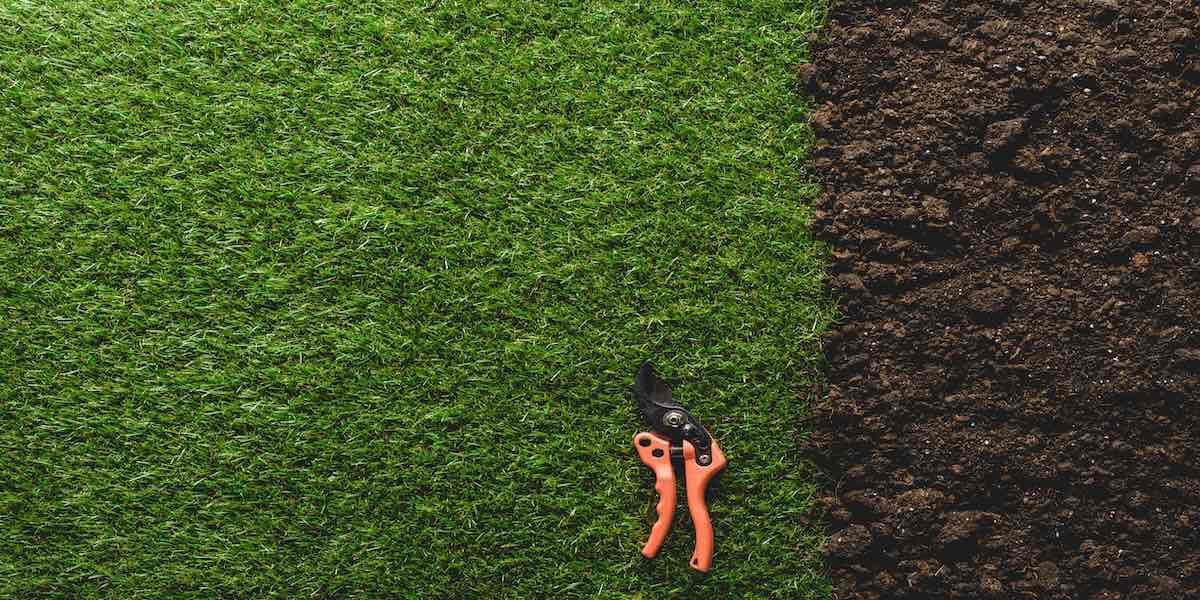
When do I need to dethatch my lawn?
Timing is critical when it comes to detaching. This is to maximize effectiveness and minimize the stress on the grass. The best time to dethatch your lawn is during periods of active grass growth typically in early spring or early fall when temperatures are moderate and moisture levels are conducive to recovery.
Dethatching also depends on your grass type. Cool-season grasses like the Kentucky bluegrass should be dethatched in the late summer or early fall. The best time to dethatch warm-season grasses like the Bermuda grass is in late spring to early summer.
When should I NOT dethatch my lawn?
While dethatching can prove to be very beneficial for your lawn, there are instances where dethatching is unnecessary.
Avoid dethatching newly seeded or sodded lawns. The tender young grass is not yet established enough to withstand the stress of dethatching.
Similarly, refrain from dethatching dormant lawns or during seasons when the grass is not actively growing. Also, it's not good to dethatch when temperatures are extreme, such as in summer and winter.
What should I do to prevent thatch from forming?
Preventing thatch buildup requires more than just occasional dethatching. You must also incorporate the following lawn care practices to minimize its growth and promote a vibrant and healthy lawn.
- Regular mowing: Maintain an appropriate mowing height and frequency to prevent grass from becoming too long. Also, make sure to buy the right mower to make the process more efficient.
- Overseeding: Overseeding introduces new grass varieties into your lawn, filling thin or bare areas to promote a dense, healthy turf that's less susceptible to buildup.
- Balanced fertilization: Avoid overfertilizing your lawn as excessive nitrogen can stimulate rapid grass growth and contribute to thatch formation. Instead, apply a balanced fertilizer based on soil test recommendations to provide essential nutrients without encouraging excessive thatch buildup.
- Proper watering: Water your grass deeply and infrequently to encourage deep root growth and minimize surface thatch.
- Core aeration: Periodically aerate your lawn to alleviate soil compaction, improve drainage, and promote deeper root growth.
Lawn Dethatching vs. Core Aeration
Many people confuse dethathing with core aeration. While both help your lawn thrive, they serve distinct purposes and can be used in combination to maximize benefits. Dethatching focuses on removing accumulated thatch to improve air, water, and nutrient penetration. It's best to dethatch the lawn when the grass is growing rapidly.
Core aeration, on the other hand, removes plugs of soil to address soil compaction, promote better airflow, and stimulate root growth. Lawn aeration also promotes the breakdown of thatch by promoting the activity of beneficial microorganisms that aid in decomposition.
Wrapping Up
Dethatching your lawn is an important of its maintenance. By understanding what causes thatch to form and implementing proper dethatching techniques, you can bring your green lawn back to its resilient and healthy appearance.

